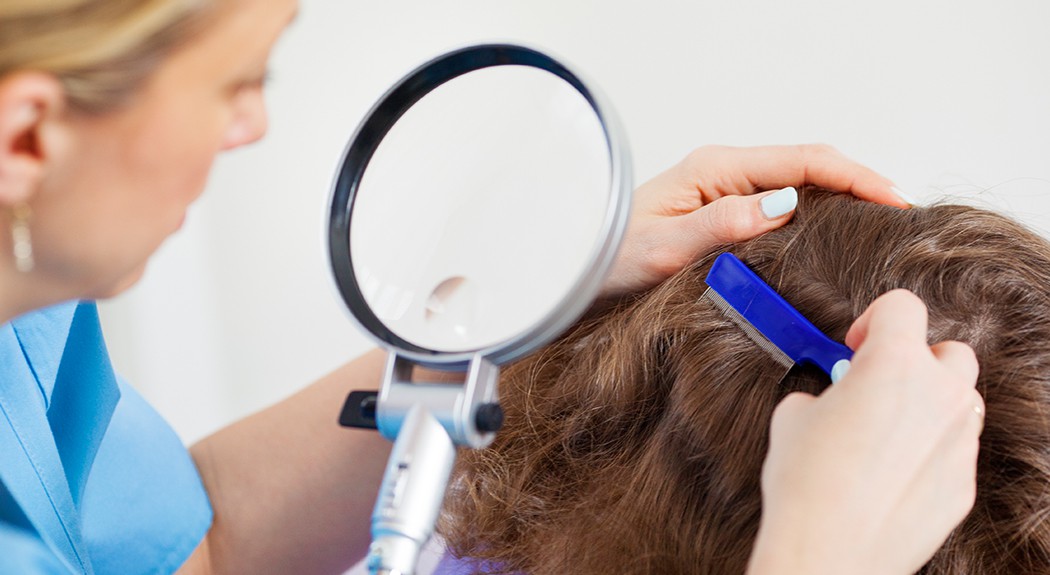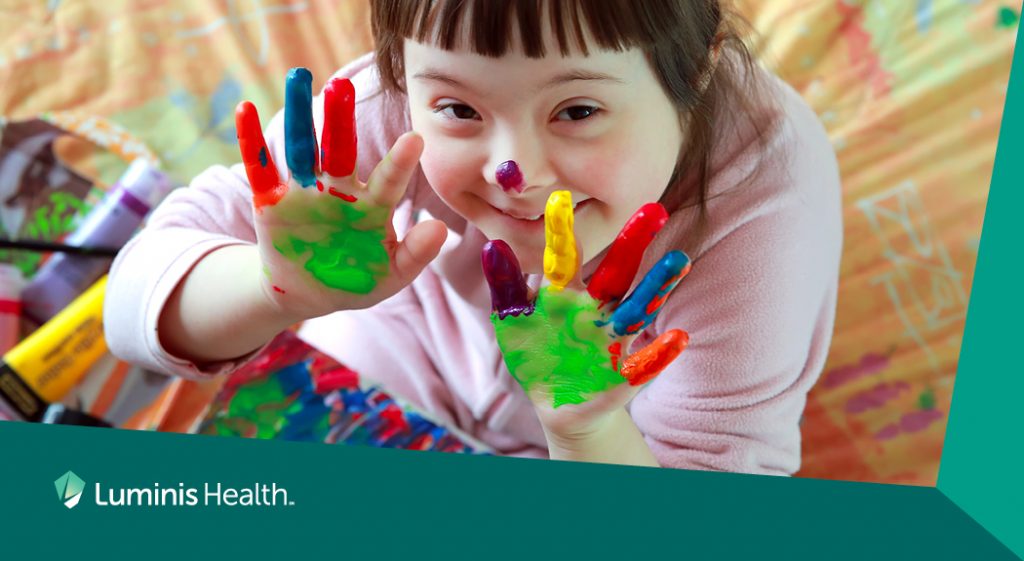It’s a nightmare scenario for many parents — your child has head lice.
Unfortunately, it’s also pretty common. According to the Centers for Disease Control and Prevention, there are an estimated 6 million to 12 million cases of lice each year in the U.S. among children ages 3 to 11.
An average of 500 cases of head lice are found among Anne Arundel County students yearly, according to the county Department of Health.
A discovery of head lice can be unsettling for children and their parents. So what do you need to know as your kids head back to the classroom?
Facts about head lice
Head lice are blood-sucking parasites that can usually be found on people’s heads, and sometimes on their eyebrows and eyelashes.
Head lice move by crawling. They cannot hop or fly. The bugs spread through personal contact, such as head-to-head touch. They can also spread through contact with an item such as a comb, scarf, or hat used or worn by someone with head lice, though that is less common.
Having lice doesn’t mean you are dirty. A lice infestation has nothing to do with personal hygiene.
Symptoms can include itching, sores on the head from scratching, and difficulty sleeping because head lice are most active in the dark.
And while they are a nuisance, head lice don’t spread disease. They are not a public health hazard.
How to treat head lice
If someone in your home has head lice, check every member of your household for lice and nits (tiny, grayish-white eggs.)
Talk to your doctor or pharmacist about over-the-counter or prescription shampoos. These shampoos will kill lice, but may not kill all of the nits. You may have to treat again in seven to 10 days. Call your doctor if two rounds of lice treatment are unsuccessful.
You should also consult your doctor before treating children who are younger than two years old.
To remove nits, use a fine-toothed, metal comb, or pick the nits off the hair shaft with fingers or tweezers.
Washing, soaking and drying items at temperatures higher than 130 degrees Fahrenheit can kill lice and nits. You only need to clean items that have been in contact with an infected person’s head in the 48 hours before treatment begins.
The CDC doesn’t recommend fumigating your home or using insecticide sprays.
Preventing the spread of lice
In Anne Arundel County, students with have lice or nits less than a quarter of an inch from their scalp must undergo treatment before returning to school. Nits that are more than a quarter of an inch from the scalp are usually not viable and are unlikely to spread.
As your children head back to school this year, remind them to avoid head-to-head contact with other children. They should also avoid sharing combs, brushes, hats and other items that touch the head.




